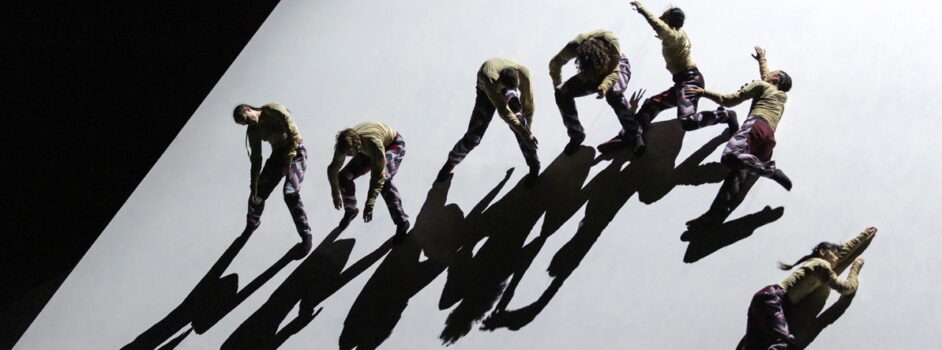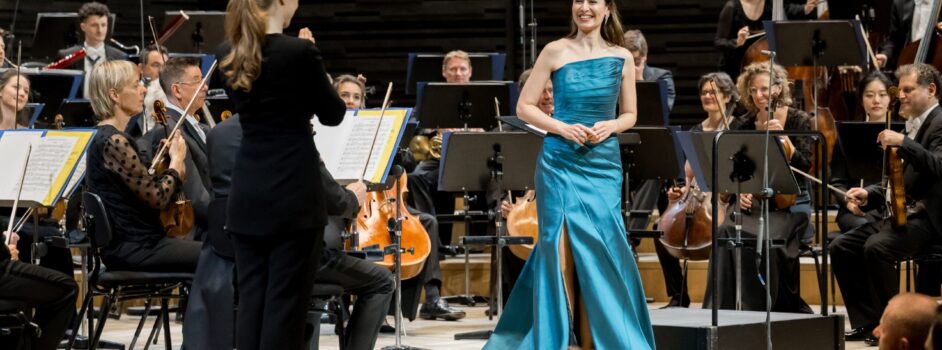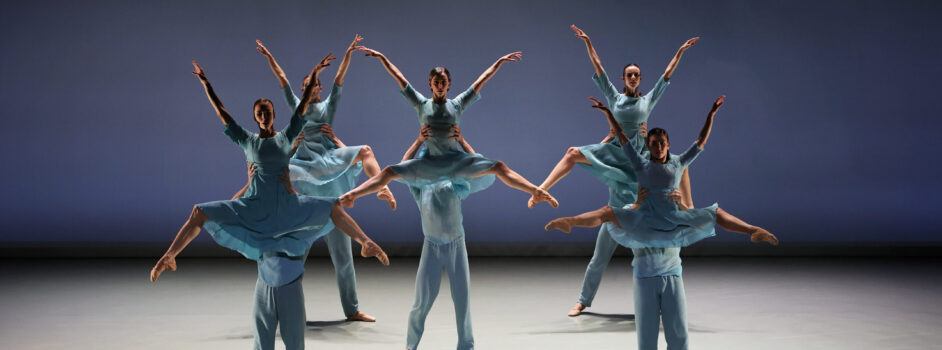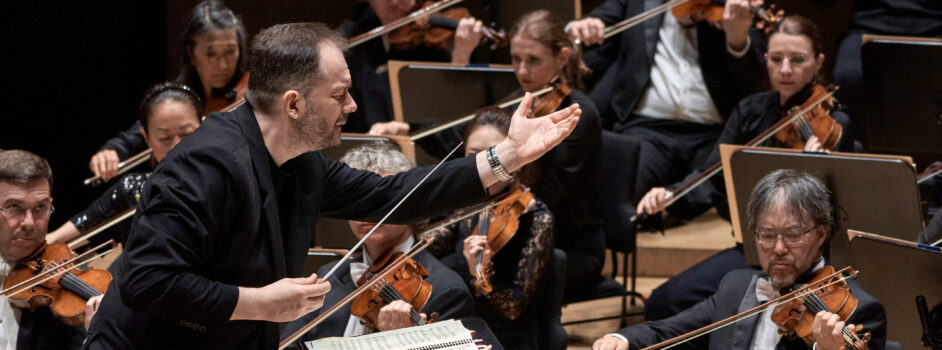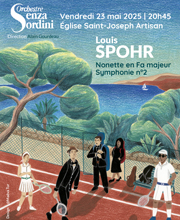Plus de détails
6.XII-2013. Helsinki, Helsinki Music Center. Magnus Lindberg (b. 1958): Clarinet Concerto. Jean Sibelius (1865-1957): Aallottaret (The Oceanides), Op. 73. Leevi Madetoja (1887-1947): Symphony No. 3, Op. 55. Kari Kriikku, clarinet. Finnish Radio Symphony Orchestra, Jukka-Pekka Saraste, conductor.
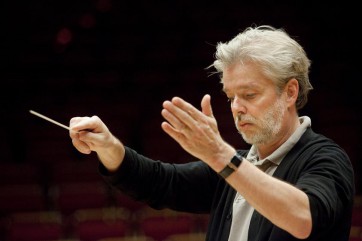 Although performances of Finnish music in Finland are frequent, the repertoire is generally restricted to Sibelius or other living composers, such as the « big three » of Lindberg, Salonen, and Saariaho. Every year on 6 December, which is Finland's independence day, Helsinki audiences are given the opportunity to enjoy an afternoon of Finnish orchestral music. This annual independence day concert sometimes features composers who have largely been forgotten.
Although performances of Finnish music in Finland are frequent, the repertoire is generally restricted to Sibelius or other living composers, such as the « big three » of Lindberg, Salonen, and Saariaho. Every year on 6 December, which is Finland's independence day, Helsinki audiences are given the opportunity to enjoy an afternoon of Finnish orchestral music. This annual independence day concert sometimes features composers who have largely been forgotten.
This year's program began with Magnus Lindberg's Clarinet Concerto, performed this afternoon by the same combination that premiered the work. The work begins with a simple, lyrical melody in the solo clarinet, which quickly wanders off into slightly bluesy, playful runs. This opening idea then begins its journey throughout the work, returning in various contexts. Similar to the composer's other major works from the past decade, one can hear a certain crystalline and shining quality amongst the busy and a rippling textures. In the solo cadenza Lindberg exploits just about every technique possible on the clarinet, (effortlessly executed by Kriikku) which leads into the brief and animated finale. The final climax is jubilant and filled with sunshine. After a solo clarinet passage which invokes Gershwin's Rhapsody in Blue, the work concludes on a transformative C major, with the soloist holding a beautiful 9th above.
It would be difficult to imagine a better interpretation of this work. The soloist, Kari Kriikku, is essentially Lindberg's go-to-guy for anything which requires clarinet virtuosity, the Finnish RSO is thoroughly familiar and comfortable with Lindberg's orchestral style, and Saraste himself has performed and recorded the composer's music on numerous occasions.
Following the break, Finland's national composer made his contribution. Although Sibelius' Aallotaret (The Oceanides) may be one of composer's less-frequently performed tone poems, this work can easily sit beside any of his other masterpieces. The work opens with distant waves, invoked by violins and timpani. Two flutes dance playfully above, soon joined by harps. Sibelius does not work with any real themes in this piece, but a set of recurring motives and gestures. As expected in a work depicting the sea, the energy of the waves accumulate, here gathering strength in brass and pealing, rippling harps. However, Sibelius gives us only one real « crashing » wave, depicted by a massive V-I cadence on D major. The sea quickly calms down, and the work concludes with beautiful moonlight shimmering on the gentle night sea.
While Sibelius (and for that matter, Saraste as well) generally avoids bombast, Saraste could have unleashed just a little more power in the final wave, but this might have sacrificed some instrumental detail. Nevertheless, Saraste led a clear account of this score, and his particular attention to balancing the horns and woodwinds against the strings was noteworthy.
Despite the imposing shadow that Sibelius had (and continues to have) on classical music in Finland, other Finnish composers have not shied away from writing in the same genre that Sibelius mastered: the symphony. Leevi Madetoja's third symphony (1922-1926) was written at precisely the same time that Sibelius was concluding his compositional career. While this work shows a composer confident in his craft, the symphony is in general undistinguished. The opening movement may remind one of Nielsen, but with less vitality. The second movement hints at something darker, but Sibelius in his 4th symphony or even Rautavaara in his Angel series of works are more convincing. The boisterous third movement came across as best, with clear, contrapuntal textures, a beautiful violin melody, and a rustic, but light-footed dance. The fourth and final movement concludes with a rousing brass fanfare, slightly reminiscent of the conclusion to Sibelius' 2nd symphony, but with a greater degree of restraint.
As this afternoon's concert was celebrating Finland's independence, only one work could conclude the program: Sibelius' Finlandia. Saraste led an imposing account, even allowing some room for bombast.
Photo : Promotion/jukkapekkasaraste.com © Thomas Kost
Plus de détails
6.XII-2013. Helsinki, Helsinki Music Center. Magnus Lindberg (b. 1958): Clarinet Concerto. Jean Sibelius (1865-1957): Aallottaret (The Oceanides), Op. 73. Leevi Madetoja (1887-1947): Symphony No. 3, Op. 55. Kari Kriikku, clarinet. Finnish Radio Symphony Orchestra, Jukka-Pekka Saraste, conductor.

